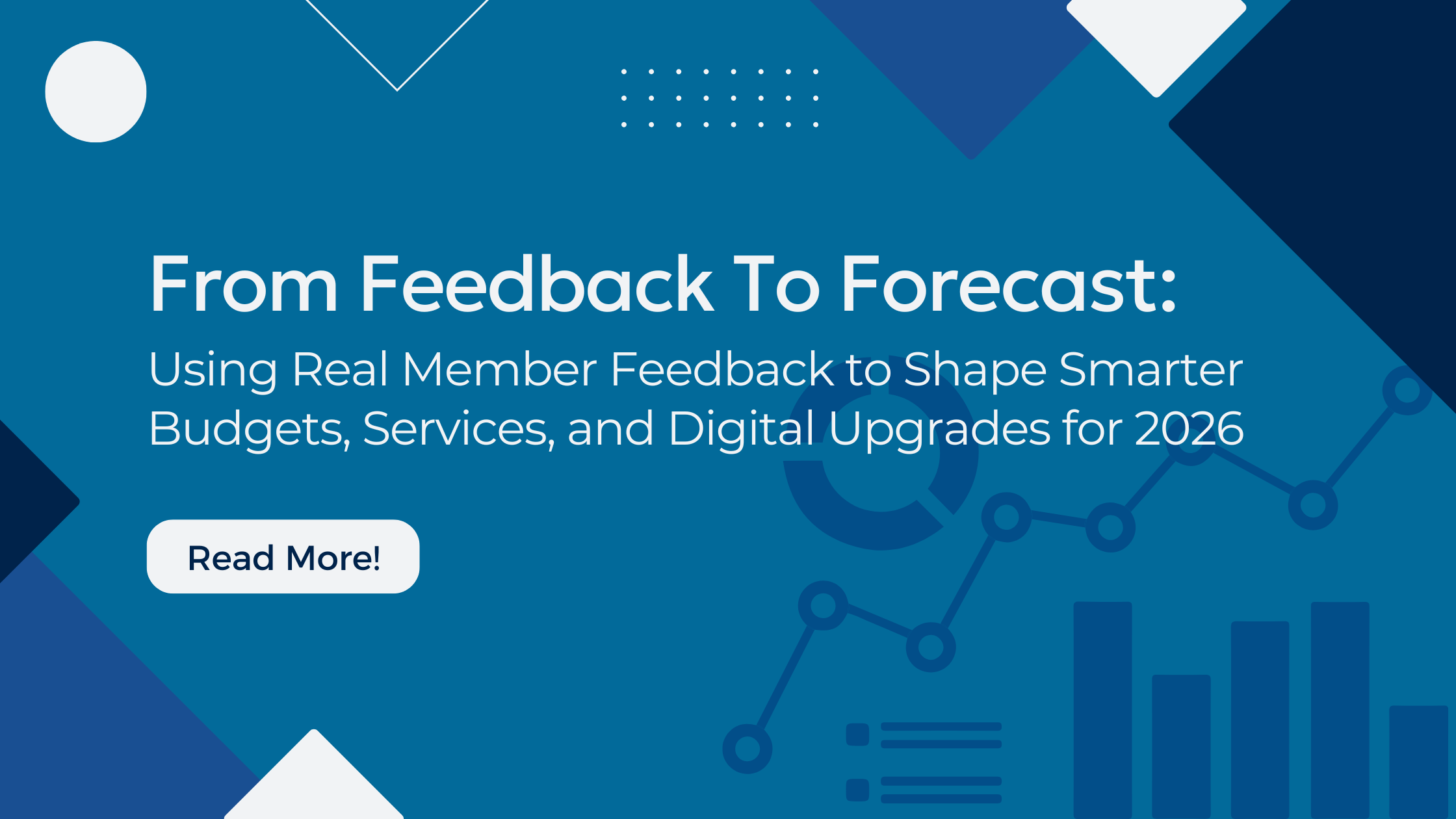
Why is Member Effort Score important for Credit Unions?
Are you familiar with the term “Member Effort Score”? LiveSurvey frequently gets asked what it means, and if you’re not already utilizing member effort score—also commonly known beyond the credit union industry as Consumer Effort Score or CES—it’s time to get on board.
This metric has been growing in popularity over the past several years, and in a nutshell, it’s another tool for measuring member satisfaction or customer satisfaction. More specifically: it’s about measuring the ease of use of your services. Here’s how, and why that matters.
History of the Member Effort Score and Consumer Effort Score/CES
The popularity of the Member Effort Score began to rise after an article appeared in the Harvard Business Review in 2010. It argued that you don’t have to wow your members or customers with every transaction. Rather, what determines member loyalty, it argued, is how easy you make a particular transaction.
To make use of that tight correlation between ease of use and loyalty, Member Effort Score, or Customer Effort Score/CES, was developed.
What exactly does Member Effort Score or Customer Effort Score/CES measure?
It measures the ease of a specific transaction, including how easy that transaction was for members to complete. It asks members to rate transactions as difficult, very difficult, easy, very easy, etc.
“Isn’t that NPS?” you might ask. But no, there is an important difference. The interesting thing about Member Effort Score, or Customer Effort Score/CES, is that it’s directly focused on the member’s experience around a specific process. NPS is more broad, capturing a member’s overall satisfaction with an organization. In our case, it looks at concerns such as how likely customers are to recommend Live Survey to family and friends, for example, as opposed to how easy it was to set up a survey within Live Survey.
What does all this mean in different terms? Member Effort Score measures the amount of friction or pain that you put members through for any task, such as opening a new account. How hard was that? Or how easy was that? For example, if you make opening up a checking account at your credit union incredibly painless and simple, that creates more loyalty than if you make it a tedious process.
Once members rank the ease of each individual service, credit unions are able to take that feedback on each of their processes.
That’s a real advantage for credit unions; while other measures tend to provide vague input on exactly what is making members happy or unhappy, Member Effort Score, or Customer Effort Score/CES, tells you exactly how your members feel about each of your specific processes—and that knowledge is value.
To get the full picture on your member satisfaction, you need feedback on both your individual processes as well as your overall service, so both member effort score and NPS have their place. If you’re not using both tools, you’re not as fully able to judge member satisfaction with your organization, and perhaps most importantly, you’re not as knowledgeable about how to improve it.
How do I start using use Member Effort Score and Consumer Effort Score/CES?
We can help. And even before you get your feedback you can make use of the concept. Just remember that the folks who developed the Member Effort Score argue that ease of use, or simplicity, correlates better to loyalty than any other measure. Conversely, they argue that the more difficult you make things, the more disloyal people become, and the less they want to work with you.
A lot of times we want to try to figure out a way to wow our members through grand and unexpected gestures. You think that if you wash their car or do something else really different or interesting, they’ll totally love you. But the truth is, that doesn’t really lead to loyalty as much as making your processes simpler.
So the big takeaway here, is that simple is the answer.




